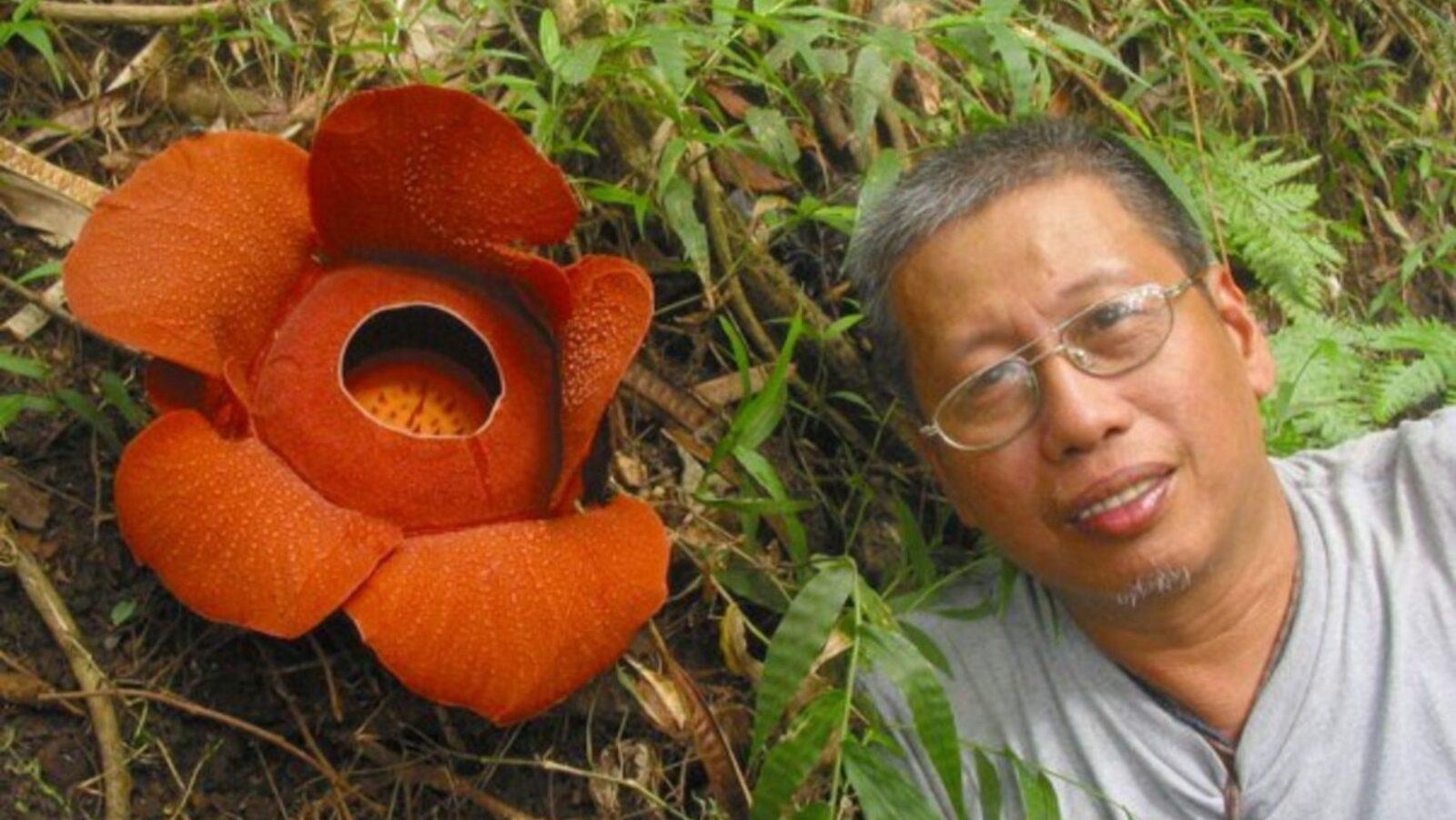(Updated on December 24, 2019) Winter is coming, but not to the Philippines.
Or at least, not until climate change has altered the weather system viciously enough to make snow in a tropical country possible.
There are only two seasons in the country, and winter is not one of them. There’s the wet or rainy season from June to November, and the dry season from December to May. Breaking down the dry season, we have the cool dry season from December to February and the hot dry season from March to May.
To date, the Philippine Atmospheric, Geophysical and Astronomical Services Administration (PAGASA) has not recorded any incidence of snowfall in the country.
A video that went viral in 2014 supposedly featured heavy snowfall somewhere in the “Southern Philippines.” However, the state weather bureau quickly called it out for what it was: a hoax.
Hot, humid, and rainy Philippines
With the Philippines’ tropical and maritime climate characterized by three elements – high temperature, high humidity, and abundant rainfall – the conditions are simply not right to form snow.
PAGASA says the mean annual temperature in the country is 26.6°C, with the coolest at 25.5°C in January and the warmest at 28.3°C in May.
The Philippines also experiences high relative humidity (the moisture content of the atmosphere). Varying between 71 percent in March and 85 percent in September, high humidity levels are attributed to the high temperature and the bodies of water surrounding the archipelago.
Depending on where moisture-bearing winds are directed and where the mountain systems are located, rainfall distribution varies in the country. The mean annual rainfall ranges from 965 to 4,064 millimeters in a year, with Baguio City, eastern Samar, and eastern Surigao receiving the greatest amount of rain and General Santos City receiving the least.
So where does it snow?
The National Snow and Ice Data Center based in Boulder, Colorado says the formation of snow requires two specific weather conditions: low temperatures and moisture in the atmosphere.
Snow is formed only when the atmospheric temperature (not the temperature we feel on the ground) is at or below freezing (0 degrees Celsius or 32 degrees Fahrenheit) and there is moisture in the air.
“In warm, humid places, such as Florida, there is significant moisture in the air, but temperatures are rarely low enough to produce snow. And while many deserts get quite cold in the winter, there is often not enough moisture in the atmosphere to produce snow. Even Antarctica, the coldest and iciest continent, contains a region called the Dry Valleys, where it is extremely cold, but so dry that snow never falls.”
Snow is common in locations of high altitudes and high latitudes, prevailing over the mountainous areas of the Northern and Southern Hemispheres including North America, Greenland, Europe, and Russia. In the Southern Hemisphere, there is snow in Antarctica and in the mountains of New Zealand and South America.
What about hail?
Back in 2017, there were reports of hailstones, or ice pieces, each about half an inch in diameter, falling over parts of Quezon City and Alabang.
Snow refers to small, soft, white pieces of ice. Hail, while a frozen form of precipitation, is technically not snow. Hail usually forms during thunderstorms, when upward moving air (updraft) prevents ice particles from falling from the atmosphere. Suspended in the air are drops of supercooled water which hit and freeze into the ice particles, making balls of ice grow. When they become too heavy and the updrafts could not support them anymore, they fall to the earth as hailstones.
Of course, that still won’t stop us from dreaming of actual snowfall and reveling in wanting what we cannot have. After all, the “Ber” months are here again, as references to Frosty the Snowman hit the airwaves once again in hot and humid Manila.
Ultimately, Filipinos dreaming of a white Christmas would be better off saving for a wintertime trip to Tokyo or New York. –MF

Author: Faye de Jesus
Faye de Jesus is a freelance writer and communications specialist with over 15 years of experience in corporate messaging and branding, PR, media and stakeholder relations. She volunteers for education- and learning-centered projects and likes sharing her love for books, reading, and learning with children.






